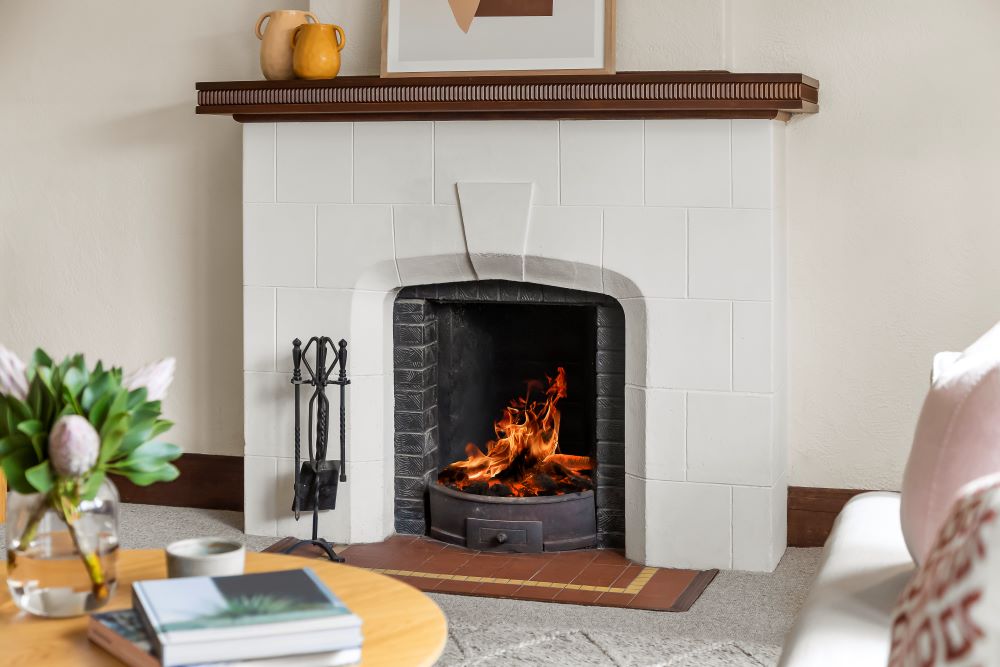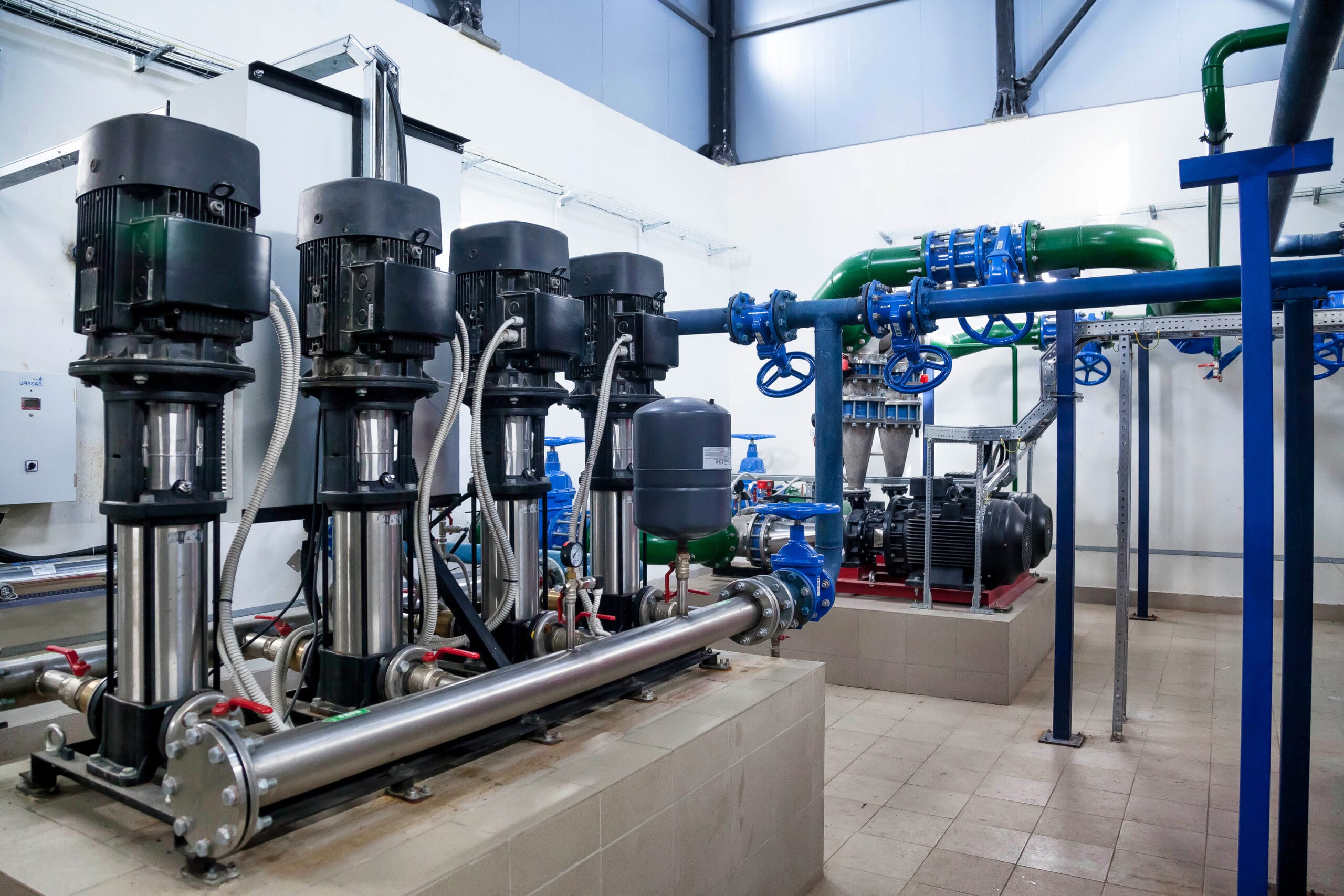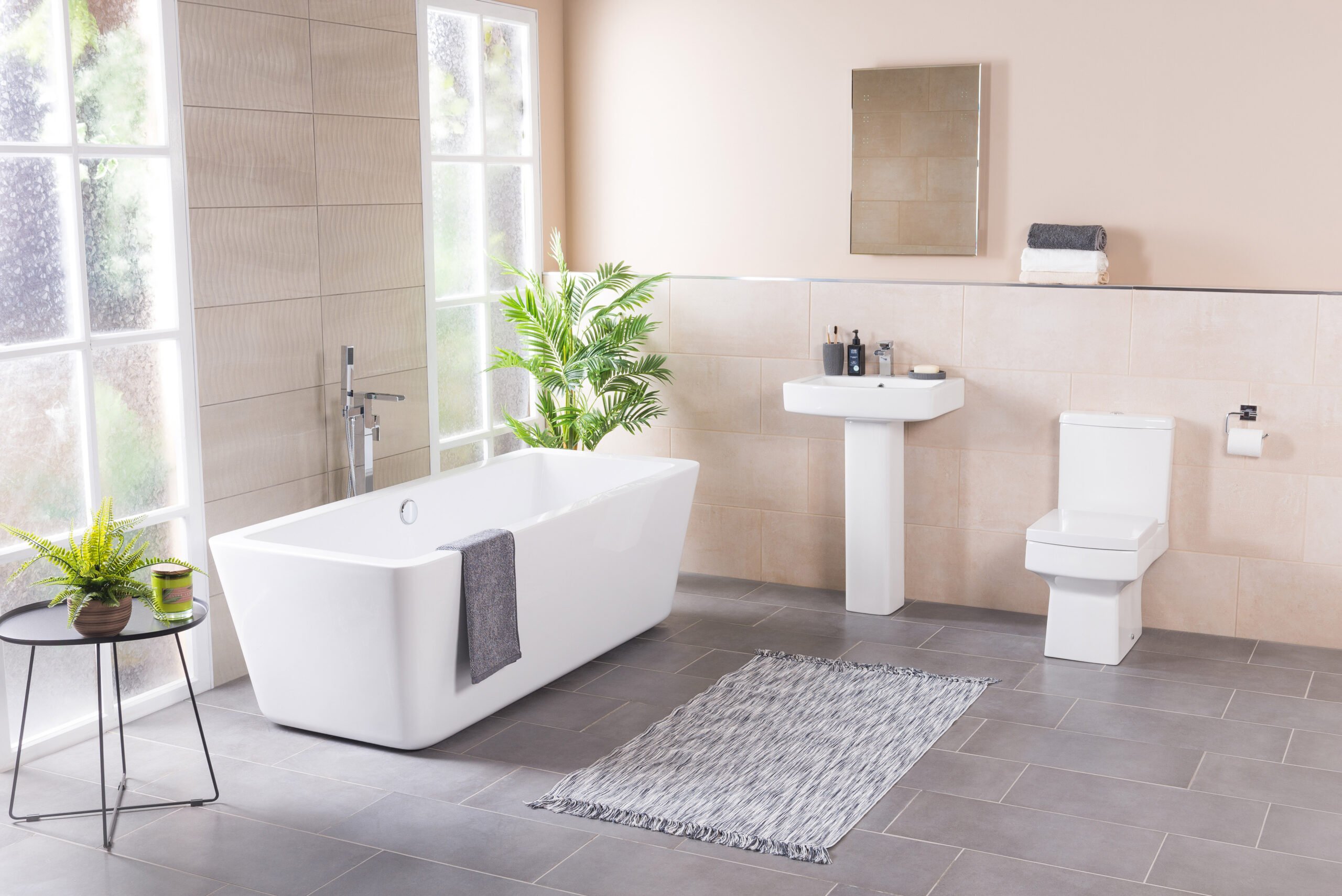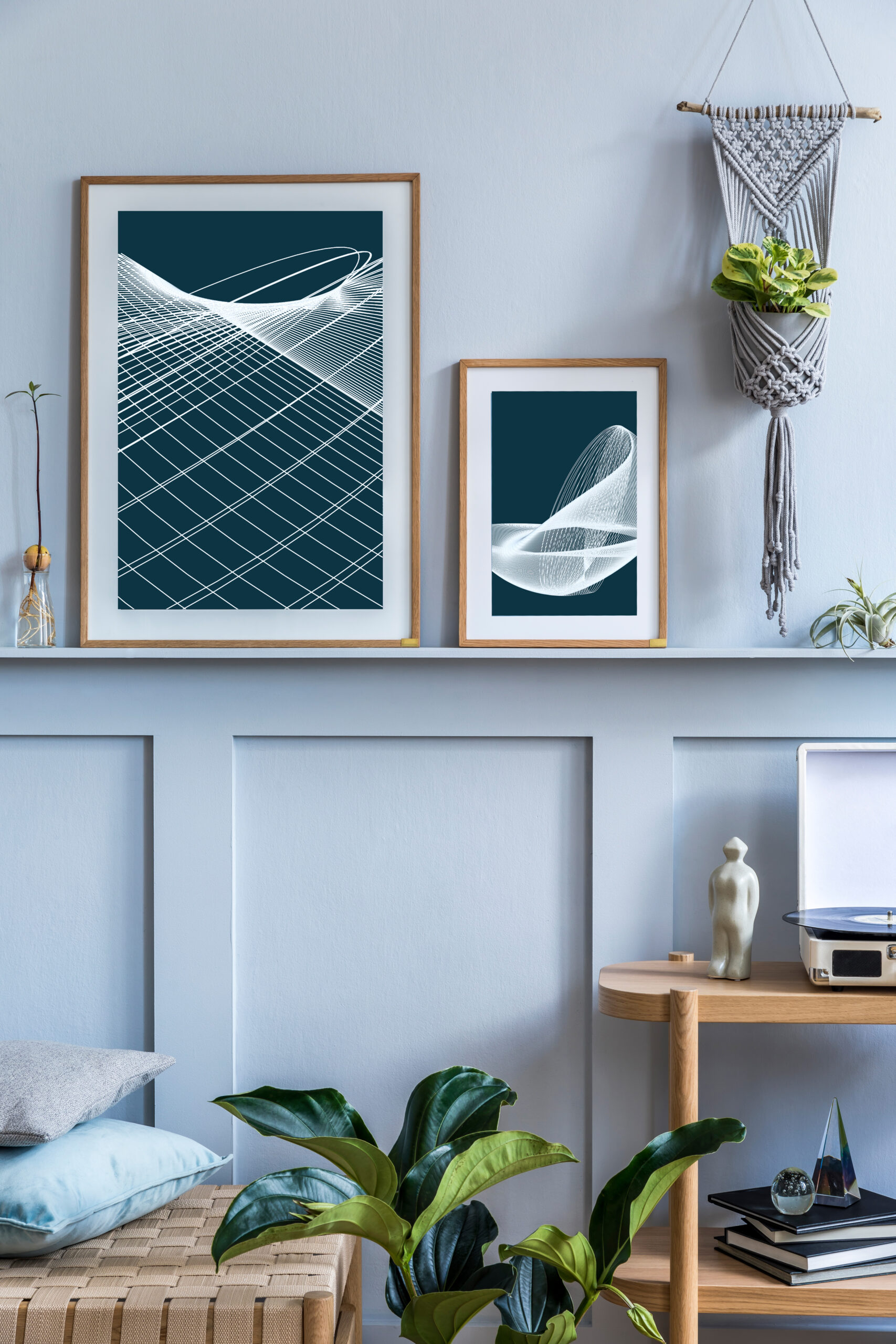Advancements in technology have significantly enhanced our lives, making tasks easier and more efficient, and interior design is no exception. Technology’s impact is profound in this field, transforming how we approach and execute design projects.
Embracing these technological changes allows us to stay ahead and excel in interior design. A top interior design studio offering full-service interior design solutions to residential or commercial clients is tapping into technology to meet interior design goals surpassing clients’ expectations.
By utilizing advanced software and high-end tools, architects and interior designers can seamlessly integrate their ideas, expectations, and outcomes. This technological integration simplifies the management of commercial renovation projects or new ventures, whether for hotels, cafés, boutiques, retail stores, offices, or other commercial spaces. Explore how innovative technological solutions are revolutionizing the interior design industry and setting new standards for success.
Accurate Planning and Visualization
Despite the best efforts, designers may sometimes encounter errors while planning or finalizing concepts for full-service interior design. Human mistakes can result in reduced space, material wastage, and adverse effects on key aspects like functionality.
Therefore, leveraging technology effectively is crucial for designers to meet their clients’ needs and expectations. Read on if you’re interested in learning more!
3D Rendering Software
Interior designers are harnessing advanced tools like SketchUp, Revit, and AutoCAD to develop detailed and accurate 3D models of spaces. These technologies allow clients to see a clear vision of the final product, moving beyond traditional sketches and 2D drawings.
With the help of software, designers can refine their concepts, enabling clients to understand, ideate, and provide custom inputs. This process facilitates informed decisions regarding materials, layouts, and finishes, with 3D rendering solutions proving invaluable.
The applications of 3D rendering have always been impressed upon in design spaces. Visualizing a final result is always a dependable and useful tool.
These visualization tools have undergone significant changes with the introduction of more sophisticated tools, providing designers with a clearer and more advantageous planning implementation.
Virtual Reality (VR) and Augmented Reality (AR)
With the help of VR and AR technologies, clients may take a virtual tour of the space before the project begins. These immersive 3D environments provide a realistic preview, offering a clear visual idea and understanding of spatial dynamics and design elements.
This clarity helps align ideas between clients and professional designers, reducing the likelihood of costly errors. To save time, boost efficiency, and ensure client satisfaction, incorporating these technologies into interior design planning and visualization is essential.
Building Information Modeling (BIM)
BIM is another key technology that facilitates collaboration and teamwork. Using Building Information Modeling (BIM) can help in obtaining detailed information about systems, construction processes, and materials.
It ensures proper coordination between contractors, designers, and architects who work in tandem to bring visions to reality. It is possible to make customization at all levels and in every aspect, enhancing the quality of the outcome. Clear communication and records also reduce the likelihood of delay or misplacement.
Artificial Intelligence (AI) & Machine Learning (ML)
Interior design experts who offer full-service interior design experiences may benefit from deriving inspiration from exploring the scores of design options generated by AI. It helps in achieving design automation and optimization needs related to functional requirements, dimensions, and aesthetics. For optimal layouts and space planning, the Machine Learning algorithm acts as the key indicator.
- AI plays a crucial role in managing customized commercial interior design projects, catering to clients’ personalized preferences for space, color patterns, lighting, texture, and style. By analyzing data from clients’ previous interactions, such as social media activities and lifestyle magazine subscriptions, AI provides valuable insights. Machine learning (ML) further aids in the virtual staging process, tailoring design projects to individual preferences and specific client requirements.
- AI handles data accumulation and validation to predict market trends, ensuring designers stay updated with the latest developments in the interior design field. This allows them to incorporate new and updated elements into their commercial projects. Machine learning (ML) contributes by forecasting trends based on consumer behavior, further helping designers stay current with emerging trends.
With proper planning, a visual representation of the exact outcome and potential pitfalls can become clear to the designing experts. With ease of use and better accessibility, commercial spaces can form the best impressions, engage clients, and have a higher recall value owing to their stunning aesthetics. They can help create brand buzz and improve brand image, thus making way for higher business revenues.
Focus on Functionality
Functionality is directly associated with impression, productivity, and revenues. Technological innovations such as smart desks, ergonomic furniture, and adaptive lighting systems can ensure utmost convenience. When employees or professionals feel more comfortable while working, minus difficulties and distractions, productivity can jump.
The introduction and integration of new technologies in full-service interior design services offered by a top-rated interior design studio can also boost morale. Nobody enjoys working in an office or workspace that looks old, outdated, and primitive. Modern smart systems and technologies create a dynamic environment that speeds up work processes and makes employees feel at home.
A workspace that appears cool, cutting-edge, and up-to-date is more inviting and motivating. This can lead to higher attendance, increased functionality, and greater productivity.
Switch to Sustainability
Growing eco-consciousness and regulatory pressures are driving the need for sustainable measures. The use of LED lights, automated lighting solutions, and natural light to reduce energy consumption is becoming increasingly popular. This shift has led to a rise in demand for energy management systems, which enable real-time monitoring and regulation of energy use, helping to cut down on energy consumption and associated costs. In an age where energy efficiency is a top priority, such technologies are becoming essential.
Sustainability extends beyond just energy efficiency; it includes proper HVAC system installation, the use of renewable energy sources, water efficiency, and the selection of recycled or reclaimed materials. Interior designers are increasingly advocating for eco-friendly furniture, sustainable décor, and furnishings.
Advanced software programs now allow designers to assess both short- and long-term environmental impacts of their design choices. These innovations not only help reduce carbon footprints and minimize environmental impacts but also offer economic benefits.
Takeaway
As you can see, technology’s role in the commercial interior design sector is nothing short of transformative. From lighting and aesthetics to operational efficiency, the latest advancements are touching nearly every aspect of full-service interior design.
With the growing demand for professional interior design services in the commercial sector, technology is expected to be embraced even more widely in the coming years. This will ensure greater convenience, create the right brand impression, attract more business, and ultimately enhance the bottom line.













